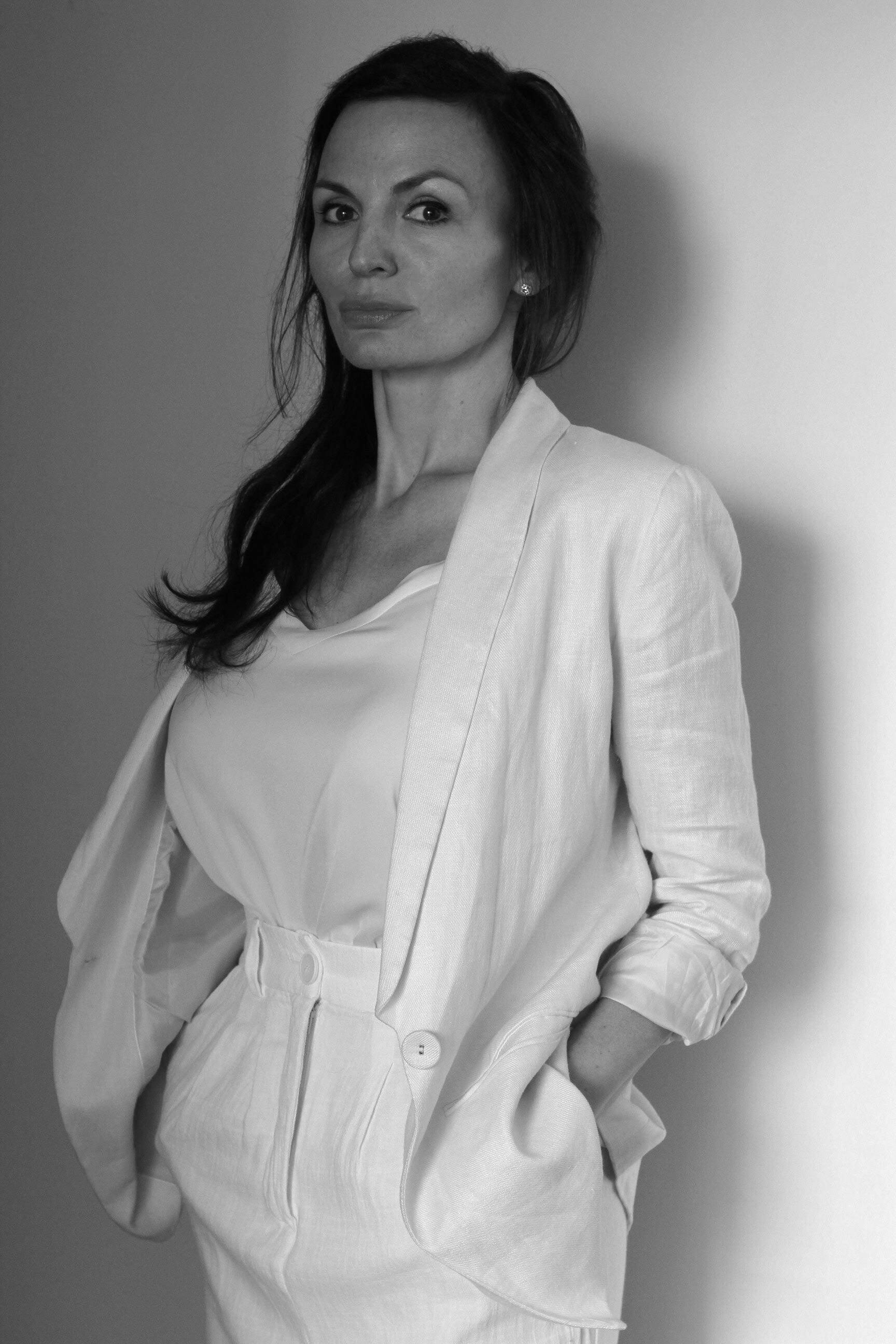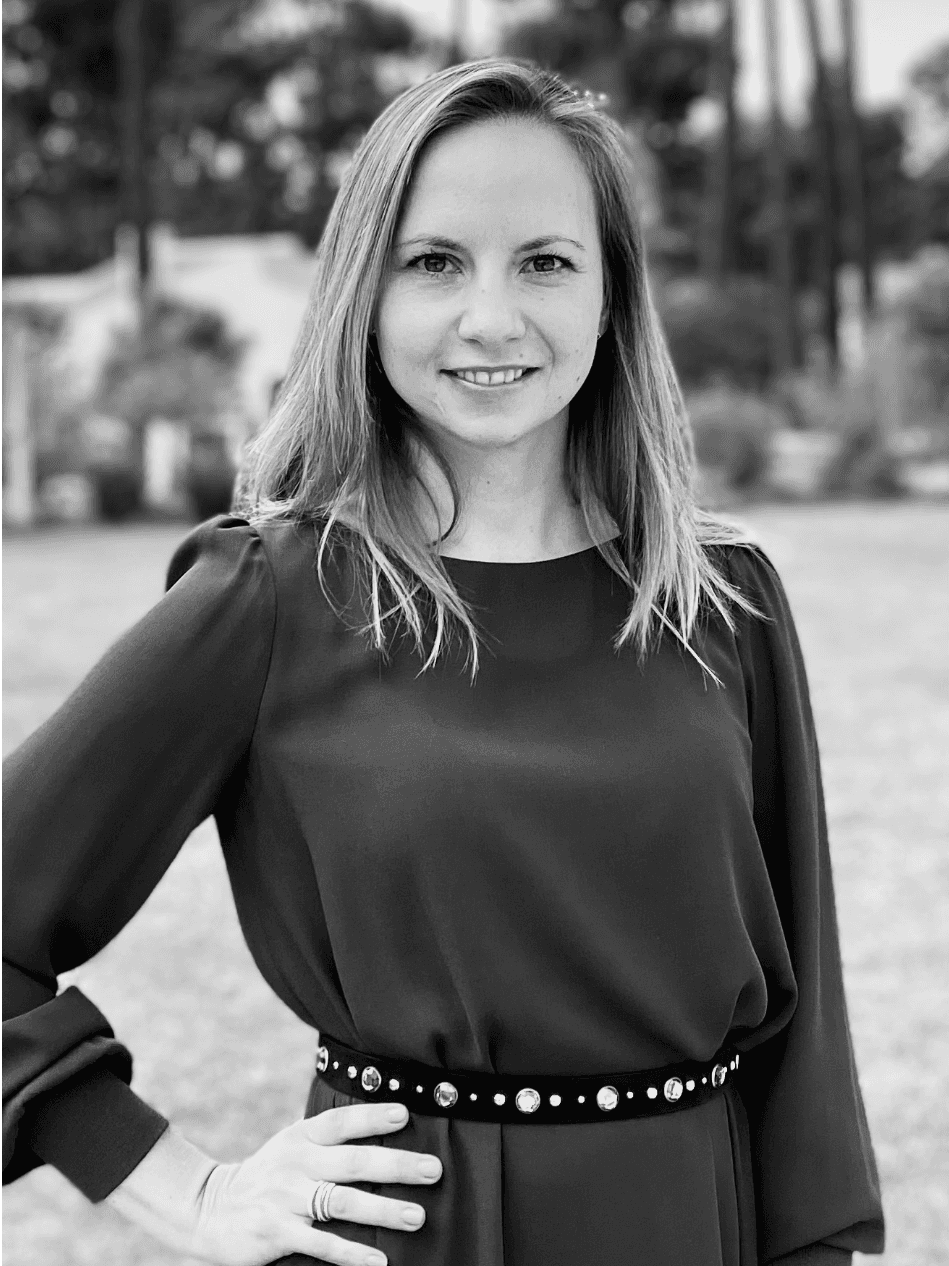Property
| Ownership: | For Sale |
|---|---|
| Type: | Apartment |
| Bedrooms: | 2 BR |
| Bathrooms: | 3 |
| Pets: | Pets Unknown |
| Area: | 122M² (1313.0 sq ft) |
| Council Tax Band: | TBC |
FinancialsPrice:€720,000($828,648)
DescriptionALFAMA IS LISBON AS IT FLOWS DOWN THE HILL OF THE CASTLE TO MEET ITS DESTINY AT THE RIVER AND THE SEA.
IT IS THIS DRAW OF THE SEA THAT GAVE RISE TO ONE OF THE OLDEST AND MOST PICTURESQUE QUARTERS OF PORTUGAL’S CAPITAL CITY.
In old Campo, da Lã stood the Terreiro do Trigo, or public granary, a large structure that soon came to define the daily life of the city, and especially lower Alfama. Campo da Lã was immediately renamed Largo do Terreiro do Trigo.
The building itself later served other functions before becoming the central customs house and Lisbon’s main port. Over the 20th century, embankment work to reclaim land from the river cut Terreiro do Trigo off from the bank of the Tagus.
More recently, several areas of the Ribeira Velha, such as Campo das Cebolas, have been improved by restoration work that has profoundly changed the urban landscape. New recreation areas have opened the city to the Tagus once again. Just as in days of old, a host of nationalities, creeds, and cultures coexist on Lisbon’s riverbank.
Architect studio Posto 9 united two buildings of Pombaline style to create an exceptional, modern and welcoming space, while respecting the idiosyncrasy of the original buildings and elevating the unique charm of the location.
The access to the new building was placed in Beco da Judiaria, the small square ending in the Arco do Rosario that joins Terreiro do Trigo to the heart of Alfama, bordering a well-preserved part of the medieval wall on which the old palace of Senhora of Murça stands. The passage through the arch takes us as if by magic from the bustle of the 21st century to Lisbon at its most intimate.
The homes range from bright 60m2 studios to a variety of one-bedroom apartments, inviting two-bedroom residences and three-bedroom condominiums of up to 215m2 with ample living rooms and river views.
The apartments were conceived as contemporary versions of Pombaline functionalism. Flowing spaces with high ceilings and an absence of corridors make simplicity a virtue.
Comfort has been studied in every detail. The spacious and well-lit living rooms lend themselves to conviviality and come with either a built-in or open-plan kitchen. The bedrooms all face outwards and are equipped with en-suite bathrooms.
Light always plays the starring role and is sculpted as it floods through high balcony windows, mansard windows and skylights etched into typical Pombaline window recesses.
TOTAL GROSS AREA 122 m2
PRIVATE GROSS AREA 121 m2
TOTAL GROSS EXTERIOR AREA 1 m2
Amenities- Abundant Closets
- A/C units
- Central Air Conditioning
- Elevator
- Floor To Ceiling Windows
Exposures- North
- West
Neighborhood
ALFAMA IS LISBON AS IT FLOWS DOWN THE HILL OF THE CASTLE TO MEET ITS DESTINY AT THE RIVER AND THE SEA.
IT IS THIS DRAW OF THE SEA THAT GAVE RISE TO ONE OF THE OLDEST AND MOST PICTURESQUE QUARTERS OF PORTUGAL’S CAPITAL CITY.
In old Campo, da Lã stood the Terreiro do Trigo, or public granary, a large structure that soon came to define the daily life of the city, and especially lower Alfama. Campo da Lã was immediately renamed Largo do Terreiro do Trigo.
The building itself later served other functions before becoming the central customs house and Lisbon’s main port. Over the 20th century, embankment work to reclaim land from the river cut Terreiro do Trigo off from the bank of the Tagus.
More recently, several areas of the Ribeira Velha, such as Campo das Cebolas, have been improved by restoration work that has profoundly changed the urban landscape. New recreation areas have opened the city to the Tagus once again. Just as in days of old, a host of nationalities, creeds, and cultures coexist on Lisbon’s riverbank.
Architect studio Posto 9 united two buildings of Pombaline style to create an exceptional, modern and welcoming space, while respecting the idiosyncrasy of the original buildings and elevating the unique charm of the location.
The access to the new building was placed in Beco da Judiaria, the small square ending in the Arco do Rosario that joins Terreiro do Trigo to the heart of Alfama, bordering a well-preserved part of the medieval wall on which the old palace of Senhora of Murça stands. The passage through the arch takes us as if by magic from the bustle of the 21st century to Lisbon at its most intimate.
The homes range from bright 60m2 studios to a variety of one-bedroom apartments, inviting two-bedroom residences and three-bedroom condominiums of up to 215m2 with ample living rooms and river views.
The apartments were conceived as contemporary versions of Pombaline functionalism. Flowing spaces with high ceilings and an absence of corridors make simplicity a virtue.
Comfort has been studied in every detail. The spacious and well-lit living rooms lend themselves to conviviality and come with either a built-in or open-plan kitchen. The bedrooms all face outwards and are equipped with en-suite bathrooms.
Light always plays the starring role and is sculpted as it floods through high balcony windows, mansard windows and skylights etched into typical Pombaline window recesses.
TOTAL GROSS AREA 122 m2
PRIVATE GROSS AREA 121 m2
TOTAL GROSS EXTERIOR AREA 1 m2
- Abundant Closets
- A/C units
- Central Air Conditioning
- Elevator
- Floor To Ceiling Windows
Exposures- North
- West
Neighborhood
- North
- West
TRIGO - Bathed in Light - ALFAMA
DescriptionALFAMA IS LISBON AS IT FLOWS DOWN THE HILL OF THE CASTLE TO MEET ITS DESTINY AT THE RIVER AND THE SEA.
IT IS THIS DRAW OF THE SEA THAT GAVE RISE TO ONE OF THE OLDEST AND MOST PICTURESQUE QUARTERS OF PORTUGAL’S CAPITAL CITY.
In old Campo, da Lã stood the Terreiro do Trigo, or public granary, a large structure that soon came to define the daily life of the city, and especially lower Alfama. Campo da Lã was immediately renamed Largo do Terreiro do Trigo.
The building itself later served other functions before becoming the central customs house and Lisbon’s main port. Over the 20th century, embankment work to reclaim land from the river cut Terreiro do Trigo off from the bank of the Tagus.
More recently, several areas of the Ribeira Velha, such as Campo das Cebolas, have been improved by restoration work that has profoundly changed the urban landscape. New recreation areas have opened the city to the Tagus once again. Just as in days of old, a host of nationalities, creeds, and cultures coexist on Lisbon’s riverbank.
Architect studio Posto 9 united two buildings of Pombaline style to create an exceptional, modern and welcoming space, while respecting the idiosyncrasy of the original buildings and elevating the unique charm of the location.
The access to the new building was placed in Beco da Judiaria, the small square ending in the Arco do Rosario that joins Terreiro do Trigo to the heart of Alfama, bordering a well-preserved part of the medieval wall on which the old palace of Senhora of Murça stands. The passage through the arch takes us as if by magic from the bustle of the 21st century to Lisbon at its most intimate.
The homes range from bright 60m2 studios to a variety of one-bedroom apartments, inviting two-bedroom residences and three-bedroom condominiums of up to 215m2 with ample living rooms and river views.
The apartments were conceived as contemporary versions of Pombaline functionalism. Flowing spaces with high ceilings and an absence of corridors make simplicity a virtue.
Comfort has been studied in every detail. The spacious and well-lit living rooms lend themselves to conviviality and come with either a built-in or open-plan kitchen. The bedrooms all face outwards and are equipped with en-suite bathrooms.
Light always plays the starring role and is sculpted as it floods through high balcony windows, mansard windows and skylights etched into typical Pombaline window recesses.
TOTAL GROSS AREA 122 m2
PRIVATE GROSS AREA 121 m2
TOTAL GROSS EXTERIOR AREA 1 m2
Amenities- Abundant Closets
- A/C units
- Central Air Conditioning
- Elevator
- Floor To Ceiling Windows
Exposures
- North
- West
Neighborhood
ALFAMA IS LISBON AS IT FLOWS DOWN THE HILL OF THE CASTLE TO MEET ITS DESTINY AT THE RIVER AND THE SEA.
IT IS THIS DRAW OF THE SEA THAT GAVE RISE TO ONE OF THE OLDEST AND MOST PICTURESQUE QUARTERS OF PORTUGAL’S CAPITAL CITY.
In old Campo, da Lã stood the Terreiro do Trigo, or public granary, a large structure that soon came to define the daily life of the city, and especially lower Alfama. Campo da Lã was immediately renamed Largo do Terreiro do Trigo.
The building itself later served other functions before becoming the central customs house and Lisbon’s main port. Over the 20th century, embankment work to reclaim land from the river cut Terreiro do Trigo off from the bank of the Tagus.
More recently, several areas of the Ribeira Velha, such as Campo das Cebolas, have been improved by restoration work that has profoundly changed the urban landscape. New recreation areas have opened the city to the Tagus once again. Just as in days of old, a host of nationalities, creeds, and cultures coexist on Lisbon’s riverbank.
Architect studio Posto 9 united two buildings of Pombaline style to create an exceptional, modern and welcoming space, while respecting the idiosyncrasy of the original buildings and elevating the unique charm of the location.
The access to the new building was placed in Beco da Judiaria, the small square ending in the Arco do Rosario that joins Terreiro do Trigo to the heart of Alfama, bordering a well-preserved part of the medieval wall on which the old palace of Senhora of Murça stands. The passage through the arch takes us as if by magic from the bustle of the 21st century to Lisbon at its most intimate.
The homes range from bright 60m2 studios to a variety of one-bedroom apartments, inviting two-bedroom residences and three-bedroom condominiums of up to 215m2 with ample living rooms and river views.
The apartments were conceived as contemporary versions of Pombaline functionalism. Flowing spaces with high ceilings and an absence of corridors make simplicity a virtue.
Comfort has been studied in every detail. The spacious and well-lit living rooms lend themselves to conviviality and come with either a built-in or open-plan kitchen. The bedrooms all face outwards and are equipped with en-suite bathrooms.
Light always plays the starring role and is sculpted as it floods through high balcony windows, mansard windows and skylights etched into typical Pombaline window recesses.
TOTAL GROSS AREA 122 m2
PRIVATE GROSS AREA 121 m2
TOTAL GROSS EXTERIOR AREA 1 m2
- Abundant Closets
- A/C units
- Central Air Conditioning
- Elevator
- Floor To Ceiling Windows
Exposures
- North
- West
Neighborhood
All information furnished regarding property for sale, rental or financing is from sources deemed reliable, but no warranty or representation is made as to the accuracy thereof and same is submitted subject to errors, omissions, change of price, rental or other conditions, prior sale, lease or financing or withdrawal without notice. International currency conversions where shown are estimates based on recent exchange rates and are not official asking prices.
All dimensions are approximate. For exact dimensions, you must hire your own architect or engineer.


